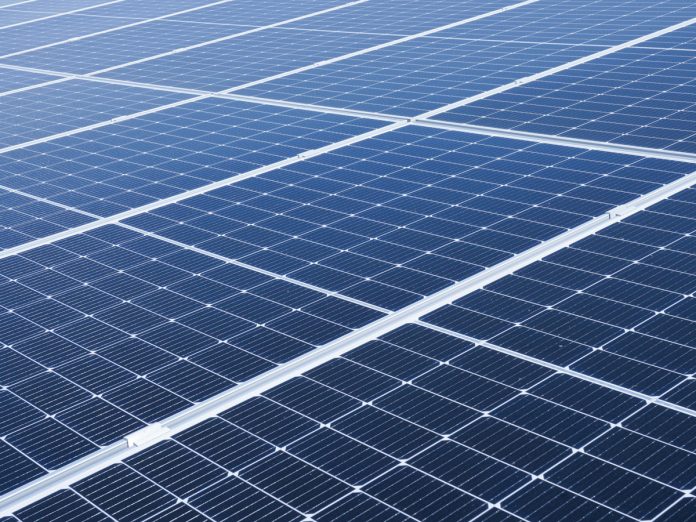This content is supplied by Reputio.
The latest energy survey from Consumer New Zealand shows that 20% of Kiwis have struggled to pay their power bills, and 11% have cut back in the last year. Electricity prices have also gone up almost 11% since the start of the year.
Some families even go to bed as early as 5 PM to avoid these costs, while others switch off their hot water systems entirely and take cold showers. Still, many have chosen a different path and invested in energy-smart upgrades that help cut down electric bills over time. Let’s dive deeper into the three main ways Kiwis use to reduce their monthly power expenses.
#1: Smart Home Systems
Smart home devices like thermostats and other appliances help save energy because they adjust automatically when energy needs change. They can spot when electricity and water are wasted and help reduce them. These designs could include appliances like smart thermostats, light bulbs, and plugs.
Smart Thermostats
Hot water takes up the biggest chunk of electricity bills for New Zealand homes (about 30% on average). Refrigerators use 17% and space heaters take 15%. Most hot water cylinders run all day to heat water even when nobody is home to use it. But new technology makes these cylinders and other appliances work smarter.
Research shows that homes can cut heating costs by 10 to 12% and cooling costs by 15% when they use smart thermostats. Heating and cooling systems don’t need to work as hard when the house is empty. They can also be programmed and controlled remotely with smartphones.
Smart Light Bulbs
Smart bulbs work like smart thermostats that let users program when they turn on and off to save power. Some brands can sense when people enter a room and switch on the lights automatically. They also let owners turn off lights remotely with their phones if they forget to turn them off. Brightness can also be adjusted to save electricity when a bright light isn’t required.
Smart Plugs
These devices fit into regular wall outlets and help control how much energy gets used by whatever is plugged into them. Their apps allow users to set specific times for devices to run and even show how much energy each device uses. Parents can program their kids’ TVs or computers to shut off at bedtime, or they can turn these devices off from the comfort of their beds.
There are also other smart appliances, such as washing machines and refrigerators, that help Kiwis save money on electricity.
#2: Renewable Energy Sources
Most New Zealand homes already use clean energy, even if they don’t realise it. About 69% of residential energy consumption comes from electricity, and around 85% of that electricity flows from renewable sources.
Still, many citizens have continued to install 100% renewable energy generators on their properties. There are several methods for homeowners to choose from, but solar panel systems (also called photovoltaic systems) and hydro schemes remain the most popular choice.
Solar panels have become much more affordable over time. The Electricity Authority found that installation costs dropped by 75% between 2008 and 2018, which has encouraged more families to invest in the system. These systems also support sustainable digital infrastructure through clean power provision for modern home technology and smart devices.
#3: Major Building Code Changes
New Zealand has also recently implemented its most substantial energy efficiency overhaul since the original building code establishment. The new requirements reduce the energy needed to heat homes by up to 40%.
The transformation centres around significantly upgraded insulation requirements. This increased the windows and doors’ R-Value even further for climate zones 3-6, doubled the insulation requirement for Roofs to R6.6, increased insulated floor requirements, and increased wall insulation requirement from R1.9 to R2.0. The heating energy reductions from these new insulation standards vary between 30% and 50%, depending on the type of housing and its climate zone.
Why New Zealand Needs to Save Energy More
These methods have been found to help reduce the electricity bills of Kiwis effectively. New Zealand is one of the many countries moving away from fossil fuels to climate-friendly renewable electrical energy.
They are also one of the countries that continue to push for the adoption of electric vehicles (EVs), and this number is expected to increase greatly in the coming years, according to reports from Statista. For households that purchase an electric vehicle (EV), this will most likely be the biggest electrical appliance in the home.
So, as EV numbers grow, many citizens should look to cut their power wherever possible to be able to keep up with electrical bills.




